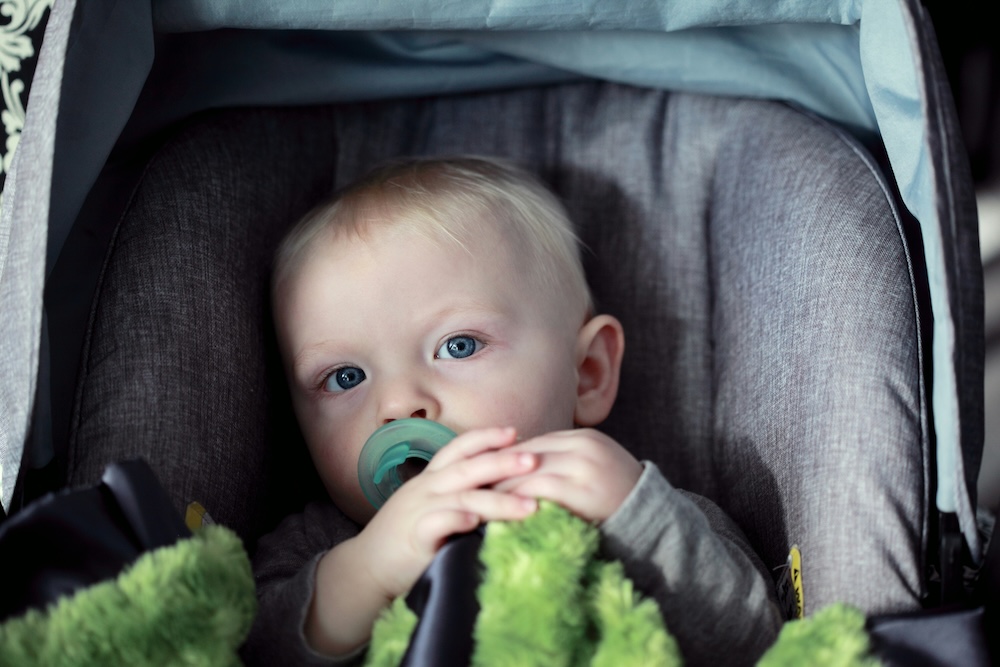December is National Toy Safety Month and it is also the holiday season when children often receive toys as gifts. Toys are very beneficial for children’s growth and development and they also make exciting items to receive as holiday presents. However, many toys contain small batteries and high-powered magnets, which can pose significant dangers to children if ingested or mishandled. It’s important to be aware of the safety risks and take preventative measures to protect your kids from potential harm.
Small batteries, such as button batteries and lithium coin batteries, are tiny, round, and shiny, which makes them particularly appealing to young children. In addition to toys, these batteries are found in remote controls, flashing shoes, and even jewelry. If swallowed, they can cause severe internal injuries. When these batteries come into contact with bodily fluids, they create an electrical current that produces sodium hydroxide. This substance can cause a burn, which is extremely harmful and can even lead to death.
Symptoms of ingestion are often subtle and mimic common illnesses, such as a sore throat or infection, which can lead to delays in treatment. Additionally, if batteries get placed in a child’s nose or ear, they can cause infections or significant tissue damage. To protect children, parents should ensure that battery compartments on toys and household devices are tightly secured and taped shut. Old batteries should be immediately wrapped in tape and disposed of properly in an outdoor trash can or recycling center, as even “dead” batteries retain enough charge to cause harm. If a child swallows a button battery, it is critical to act immediately and take them to the emergency room. While en route, it is recommended to give your child two teaspoons of honey every ten minutes and up to six doses, if they are over the age of one.
High-powered magnets can also cause catastrophic injuries if swallowed. They can also get stuck in the nose and cause serious injuries to your child’s nasal respiratory tract. Products such as magnetic sculpture sets or reusable water balloons with magnetic seals are particularly risky. Symptoms of ingestion may include abdominal pain, vomiting, or a fever. Parents can reduce the risk of ingestion by avoiding magnetic toy sets altogether or storing them in locked or out-of-reach containers when not in use. It is also important to regularly inspect toys for loose magnets or cracks.
If your child swallows a magnet, it’s important to seek medical attention right away. Delays can lead to severe injuries, infections, or potentially death. In some cases, children may require surgery. If a child is injured by a magnetic toy or small battery, report the incident to the CPSC at SaferProducts.gov. Doing so helps identify hazardous products and prevent future injuries.
In addition to small batteries and high-powered magnets, water beads, which are sold as sensory toys, can also be dangerous to children. These are sometimes used as play tools for children with autism and other developmental conditions. However, they are sometimes mistaken as candy by young children and can be accidentally swallowed or inhaled as a result. Once inside the body, they can absorb fluids and grow, which can lead to blockages and life-threatening damage. Water beads are also choking hazards, particularly for children under the age of three. Symptoms of ingestion may include loss of appetite, lethargy, drooling, vomiting, wheezing, abdominal pain, or constipation. If you suspect that your child has swallowed water beads, call Poison Help at 1-800-222-1222 immediately. It is recommended not to have water beads in households with young children.
By staying informed, inspecting toys and household items, and taking proactive measures, you can ensure a safe environment for your children to play in. If you have any questions or concerns about toy safety, please call our office.



